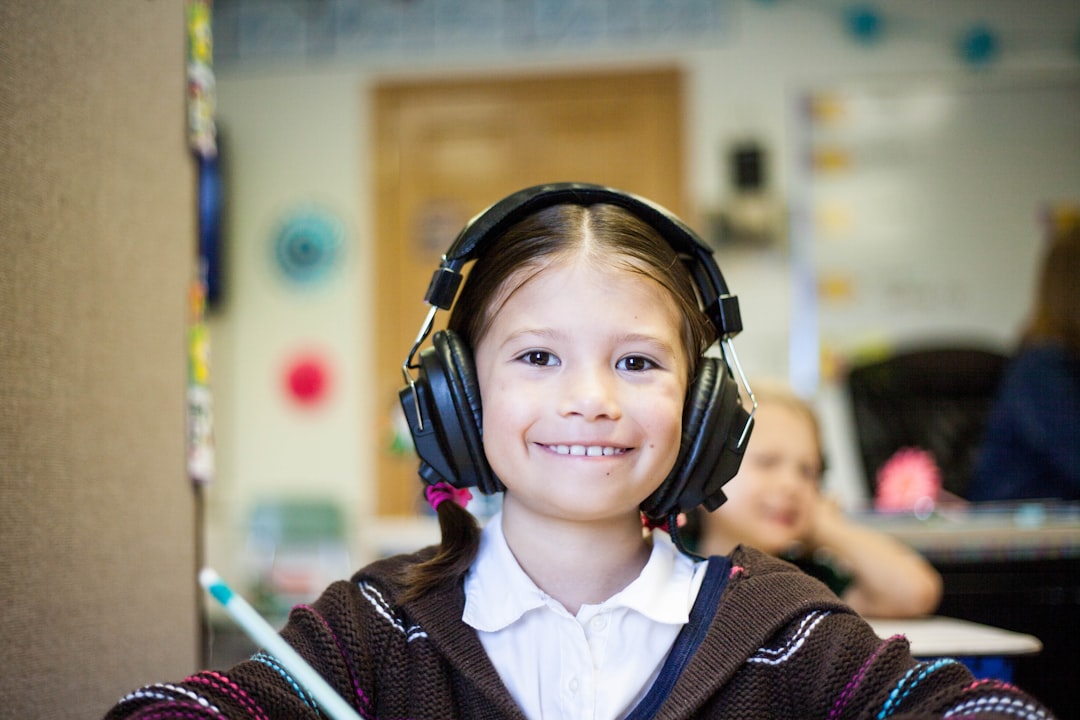What is it about?
In this study, we analyzed the use of manual signs (i.e., ASL signs and communicative gestures) by a group of 19 hearing children with CAS who attend a school pro- gram where they receive instruction in both English and SSS. Results indicated children with CAS whose oral expressive language was relatively more impaired produced the most supplementary signs, suggesting that children with oral expressive language challenges are more likely to rely on them for communicating words they cannot yet speak.
Featured Image

Photo by AMIT RANJAN on Unsplash
Why is it important?
Overall, our findings support the use of SSS as an augmentative communication method for children with CAS: The majority of the children in our study used manual signs successfully.
Perspectives
The writing of this article was the result of many years of analysis and collaboration. Authors hope that this work can directly inform clinical practice and future research alike.
Alison Verdes
Olentangy Local School District
Read the Original
This page is a summary of: Concurrent Predictors of Supplementary Sign Use in School-Aged Children With Childhood Apraxia of Speech, Language Speech and Hearing Services in Schools, October 2022, American Speech-Language-Hearing Association (ASHA),
DOI: 10.1044/2022_lshss-22-00017.
You can read the full text:
Contributors
The following have contributed to this page










